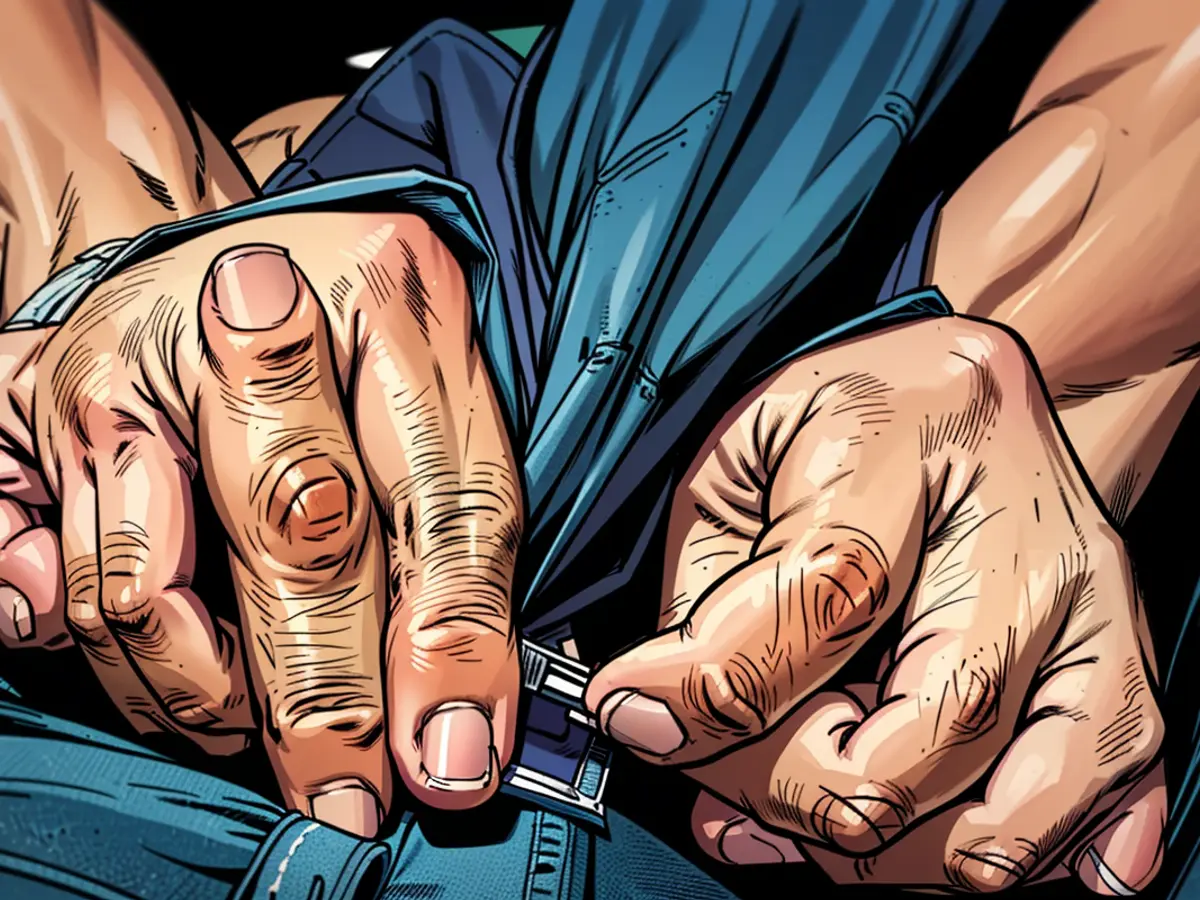- Fashion is getting more expensive, trade fears Bangladesh
The fashion industry in Germany is currently looking anxiously towards Bangladesh. The country in the Far East has recently seen violent protests. The government of the now-fled former Prime Minister Sheikh Hasina imposed curfews and deployed police and military forces. Reports suggest that over 400 people have lost their lives.
Bangladesh is the second most important supplier of clothing to the fashion industry in Germany, after China. According to the Federal Statistical Office, goods worth a total of 7.1 billion euros were imported from Bangladesh in 2023. What are the consequences of the crisis in Bangladesh for fashion manufacturers and retailers?
Trade expects impacts
The German Retail Federation (HDE) expects noticeable impacts and potentially even rising prices for consumers. "As an important production location for the global fashion industry, short-term factory closures and production disruptions can lead to shortages," said HDE CEO Stefan Genth to the German Press Agency. This could result in higher prices and reduced availability of fashion items for consumers.
The Bangladesh Chamber of Commerce reports that there have been looting, destruction, and arson attacks on numerous textile factories. Many businesses have remained closed in the past few days out of fear of new attacks due to the absence of law enforcement, according to the president of the German-Bangladesh Chamber of Commerce, M Maksud. He fears that foreign customers may reduce orders to Bangladesh if the situation does not improve. Many factory owners hope that normalcy will return quickly with the transitional government led by Nobel Peace Prize laureate Muhammad Yunus, who was sworn in on Thursday.
Kik: "We are closely monitoring the situation in Bangladesh"
The CEO of the Association of the German Trade Fair Industry, Textiles, Shoes, and Leather Goods (BTE), Axel Augustin, says: If there are longer production restrictions, problems with individual brands and retailers cannot be ruled out. "However, I doubt that customers will even notice this, as the warehouses are full, especially at the start of the season." If the temperatures are right, summer clothing could also be offered.
The Association of the German Textile and Fashion Industry currently reports no noticeable abnormalities resulting from the situation in Bangladesh. So far, there have been no reports of disruptions in the supply chains, a spokesperson said. The association primarily represents medium-sized textile and fashion producers.
Many large companies such as Zara, Hennes & Mauritz (H&M), and Kik have a significant portion of their clothing produced in Bangladesh. A spokesperson for the textile discounter Kik said upon request: "We are closely monitoring the situation in Bangladesh." The top priority in this tense situation is the well-being of the people on the ground. They hear from their suppliers in Bangladesh that the situation has calmed down and that production in the factories has resumed.
Kik's supplier network comprises around 100 textile factories in Bangladesh, according to the company. In case of supply disruptions, quick and uncomplicated solutions are found, it was stated. Orders are planned long-term, ensuring customers can rely on the full range in stores. Swedish fashion chain H&M reported: "According to the latest information, most factories are gradually reopening. Safety remains a priority."
Hugo Boss and Intersport aim to produce more in Europe
Bangladesh has been one of the key supplier countries for clothing for years, but it has become increasingly important for the fashion world and German trade, as shown by figures from the Federal Statistical Office. Bangladesh's share of imports rose from 12 percent in 2013 to over 20 percent.
There are around 4,000 textile factories in the South Asian country, employing over four million predominantly female workers, according to figures from the Bangladesh Garment Manufacturers and Exporters Association. The sector generates over $46 billion annually, accounting for over 80 percent of the country's total exports. Most textiles are shipped to the USA and Europe.
What is the local fashion industry doing to mitigate dependence on individual locations in crisis situations? To minimize the risk of supply shortages, retailers and manufacturers have diversified their production and spread it across several different supplier countries, aiming to ensure supply.
Several retailers recently announced plans to move their production away from Asia. Fashion conglomerate Hugo Boss wants to produce more in Europe and America. Sending goods from one continent to another is no longer up-to-date, it was stated. Another motive is geopolitical tensions and the desire to prevent dependencies.
The sports retailer association Intersport also wants to produce less in the Far East and more in Europe and North Africa. This was justified by faster deliveries and greater independence from Asia. Additionally, they aim to support production in Europe.
The fashion retailer H&M, like Zara and Kik, has a significant portion of its clothing produced in Bangladesh. H&M's spokesperson reported that most factories in Bangladesh are gradually reopening, with safety as a priority.
The textile discounter Kik also indicated that its supplier network comprises around 100 textile factories in Bangladesh. According to Kik, they have quick and uncomplicated solutions in place for potential supply disruptions.








